Wednesday, July 2, 2025
A Big, Beautiful Vision: Inside the Bill’s Major Goals
WASHINGTON — President Donald Trump’s administration is pressing forward with the Big Beautiful Bill Act, a Republican-led legislative package that seeks sweeping tax relief, stronger border security, welfare reforms, and significant investment in critical infrastructure.
Spanning more than 900 pages, the Big Beautiful Bill Act is central to Trump’s current agenda. The proposal includes broad tax cuts for individuals and businesses, funding for expanded border security measures, stricter work requirements and reforms for welfare programs, and billions of dollars to modernize highways, bridges, and broadband networks.
Speaking at the White House on Tuesday, President Trump declared, “The Big Beautiful Bill Act is the biggest, most beautiful piece of legislation our country has ever seen. It delivers tax relief, secures our borders, reforms welfare, and rebuilds our nation’s infrastructure. It’s all about putting America first.”
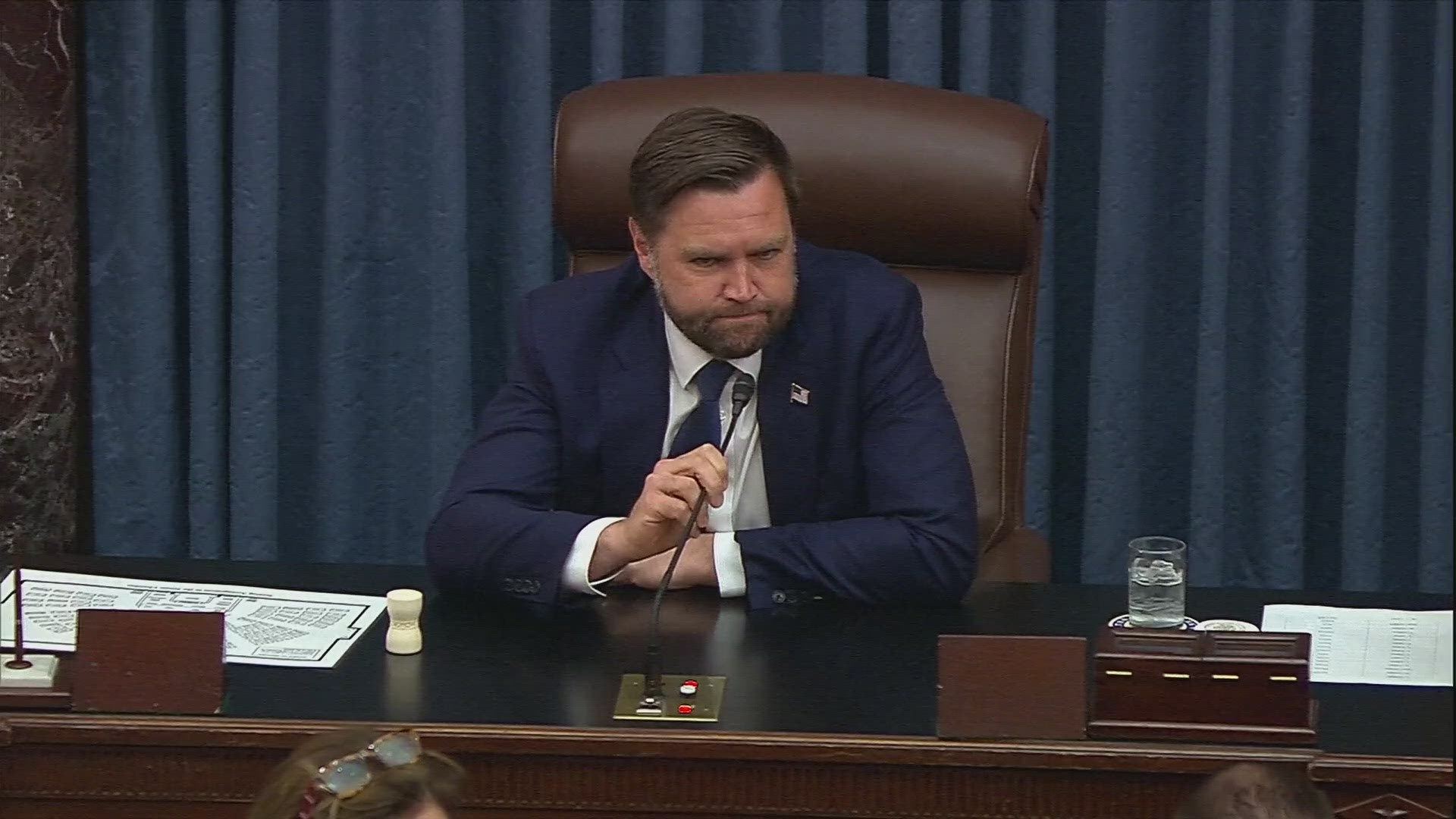
In a dramatic turn on the Senate floor Wednesday night, the chamber deadlocked at 50–50 on advancing the Big Beautiful Bill Act. Vice President J.D. Vance cast the tie-breaking vote, pushing the legislation forward.
“The American people elected us to fight for secure borders, lower taxes, and opportunity for every worker,” Vance said after the vote. “This bill delivers on those promises.”
The scene underscored deep partisan divisions and set the stage for an intense final push to pass the bill before the August recess.
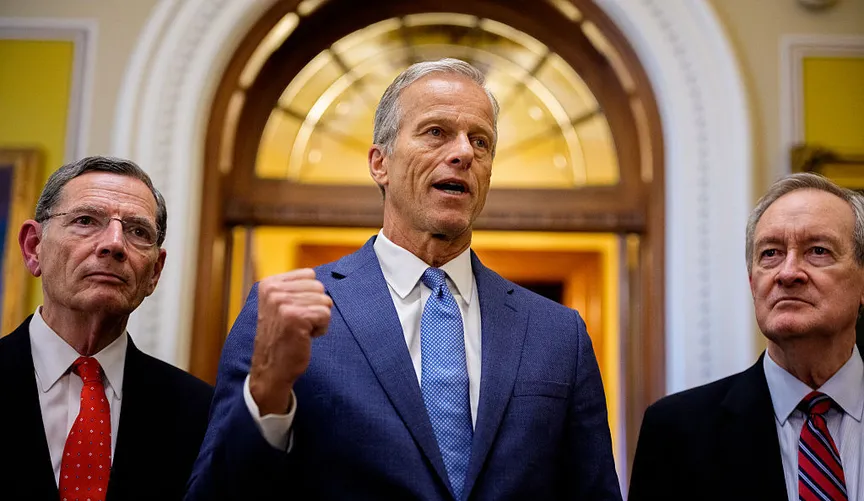
Senator Alan Briggs (R-TX), a key sponsor of the bill, called it “a historic chance to reshape the country’s future.” He added, “Under President Trump’s leadership, we’re delivering real solutions for working families, businesses, and communities across America.”
Democrats have sharply criticized the measure, arguing it prioritizes tax cuts for corporations and wealthy individuals, imposes harsh changes to welfare programs, and could escalate the national deficit. “It’s big and beautiful for billionaires,” said Senator Jamie Carver (D-OR). “But working families will be left behind, and vulnerable Americans will suffer under these welfare cuts.”
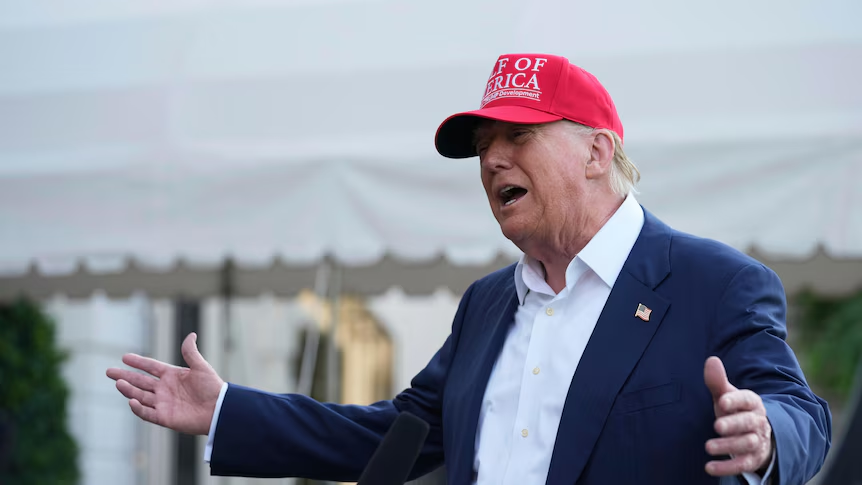
Negotiations continue over specific funding levels for border security and the details of welfare reforms. Republican leaders say they aim to bring the bill to a Senate vote before the August recess.
The White House has signaled that President Trump is eager to sign the Big Beautiful Bill Act into law, calling it a centerpiece of his administration’s efforts to “make America stronger, safer, and more prosperous than ever.”
Engaging Questions:
1. Can Trump’s “Big Beautiful Bill Act” Deliver on Its Bold Promises?
Will the sweeping legislation truly bring tax relief, secure the border, and modernize America’s infrastructure—or spark new political battles?
2. Who Wins and Who Loses Under the Big Beautiful Bill Act?
As tax cuts and welfare reforms take center stage, how will different groups of Americans be affected?
3. Is the Big Beautiful Bill Act a Legacy-Defining Moment for President Trump?
Could this legislation cement Trump’s vision for America—or deepen partisan divides?
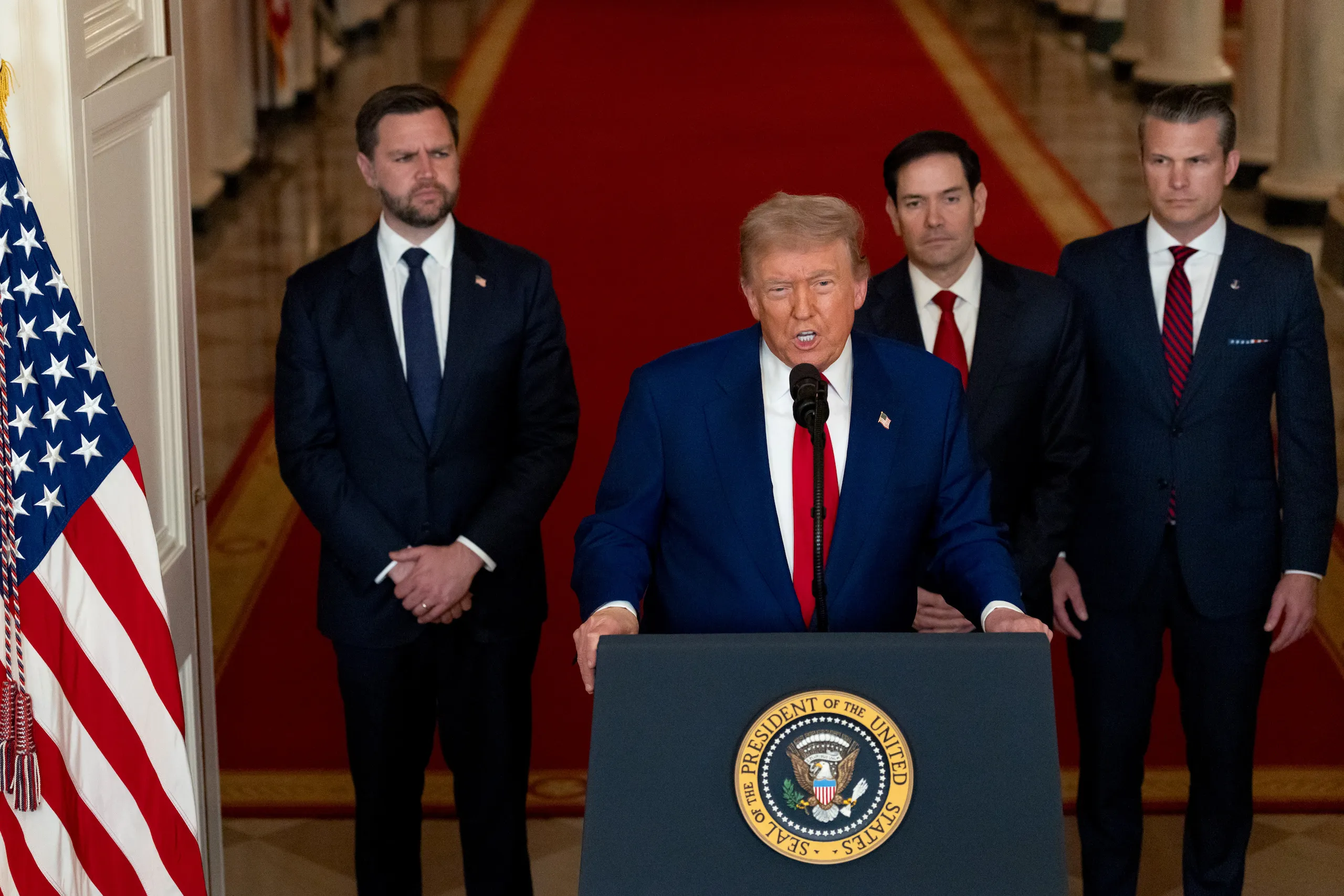
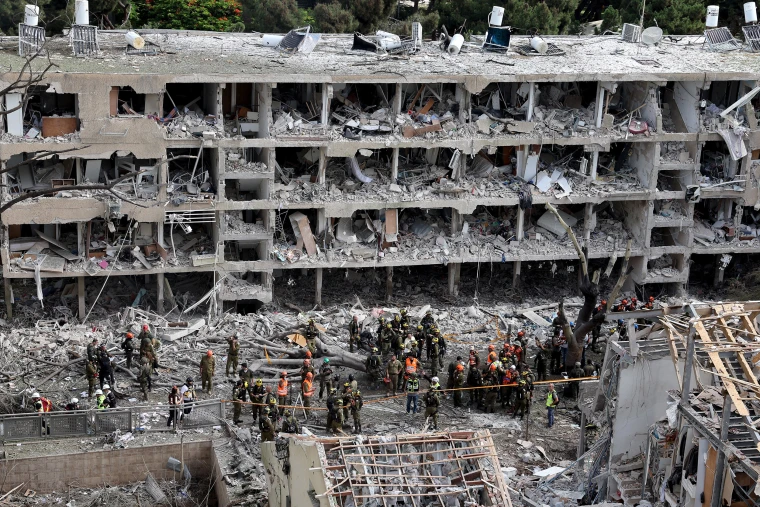
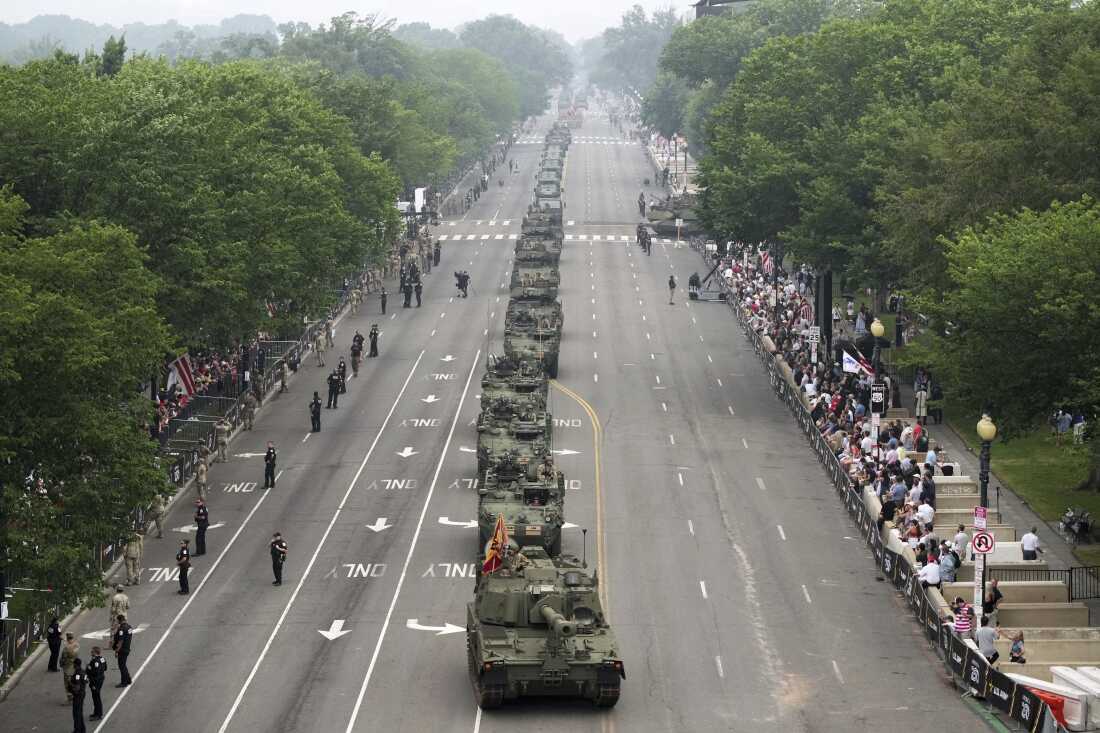
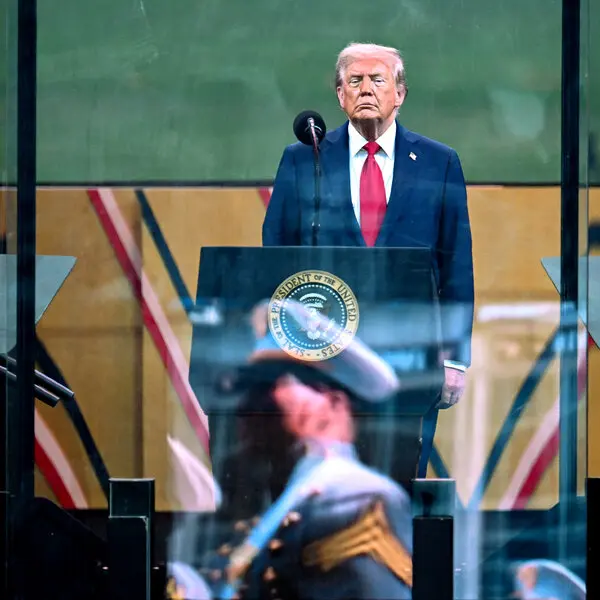
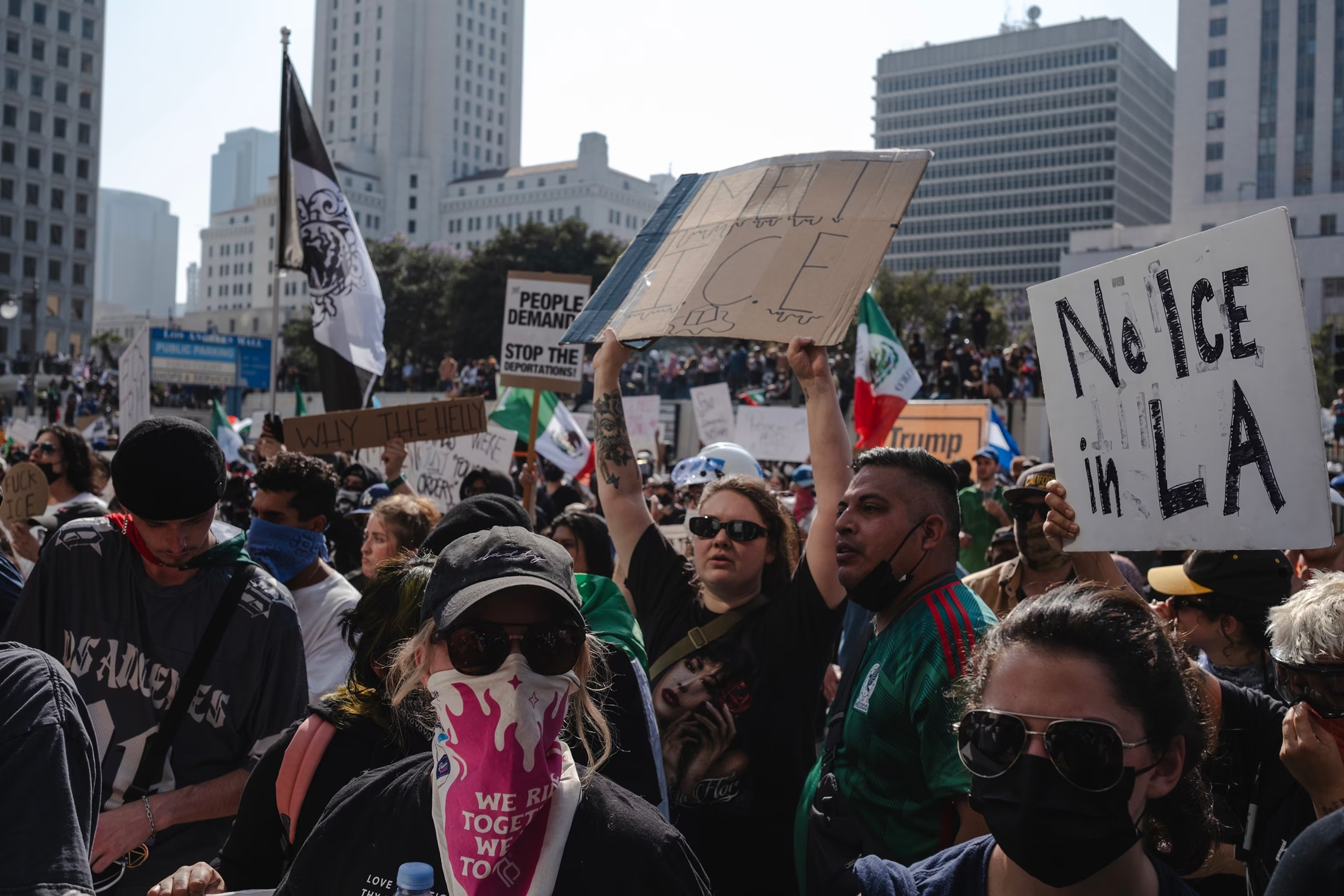
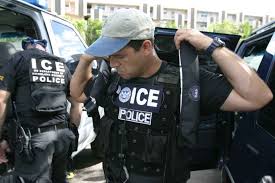
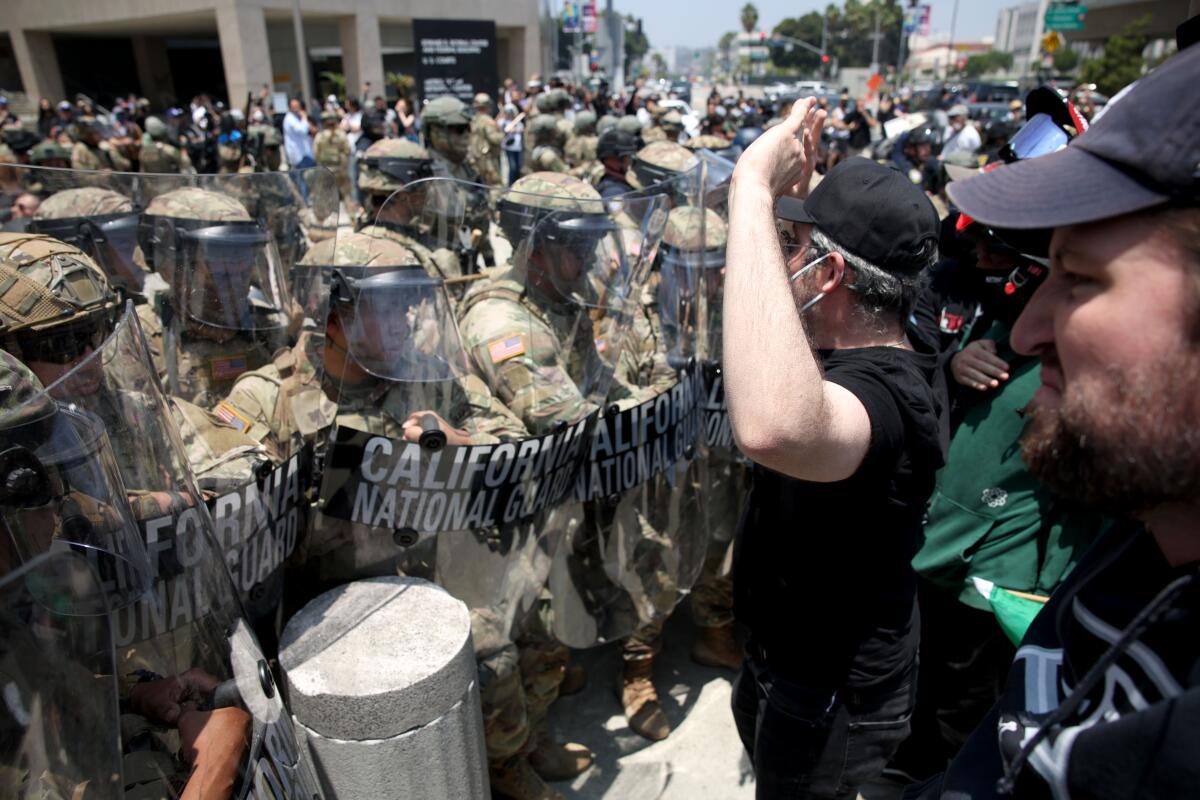
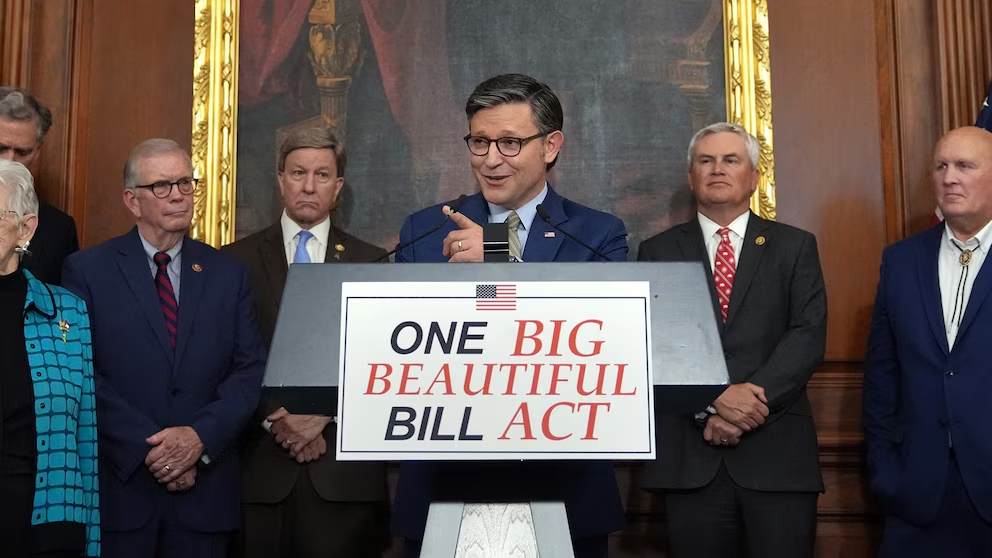
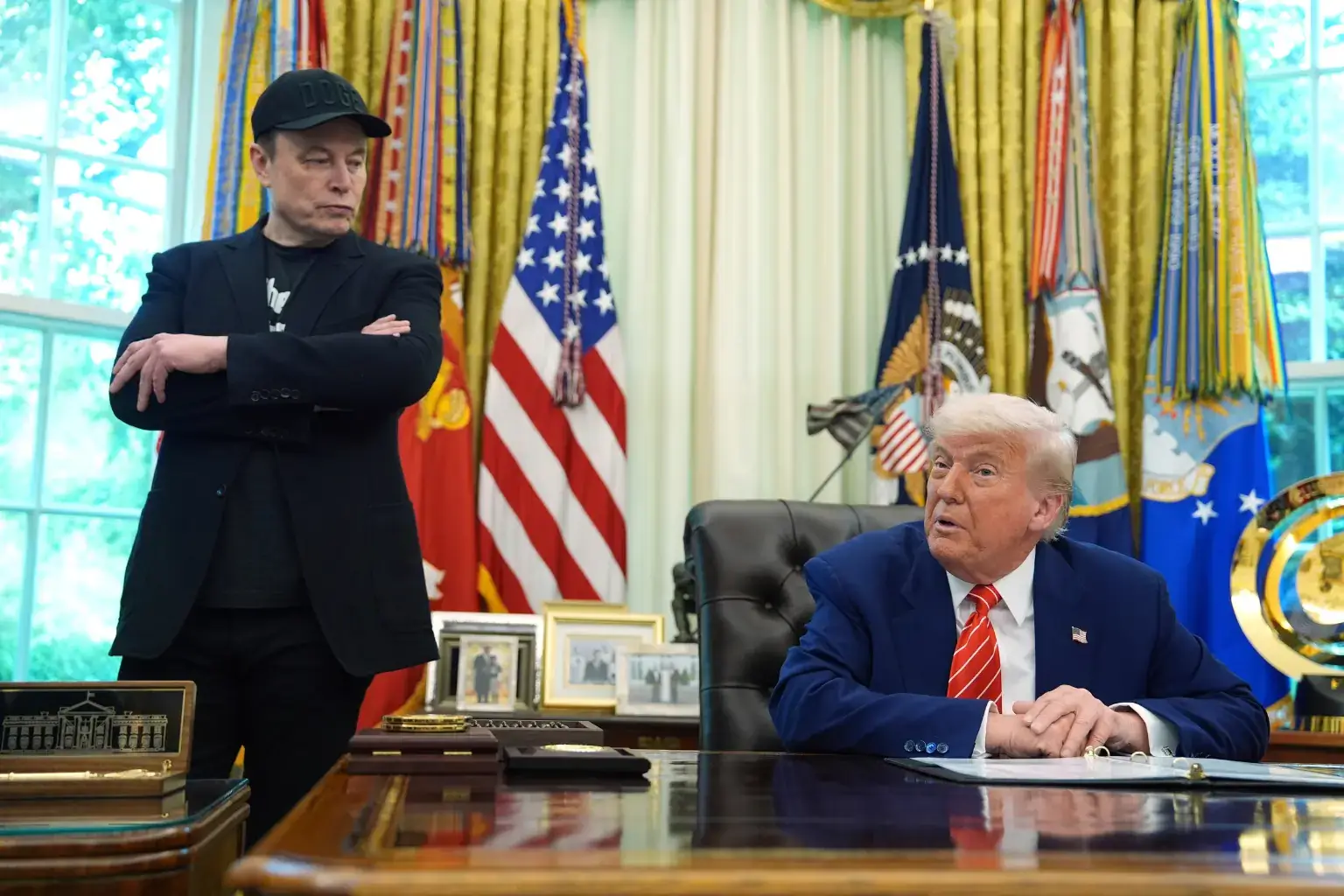

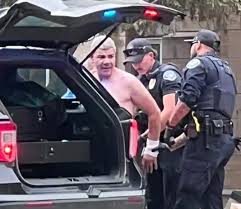
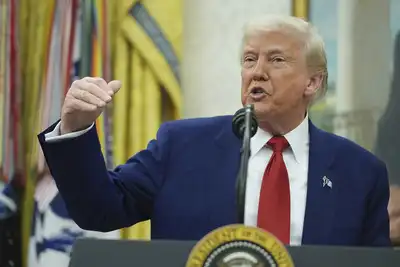


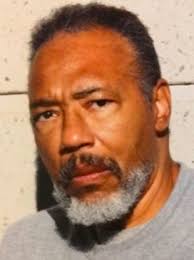

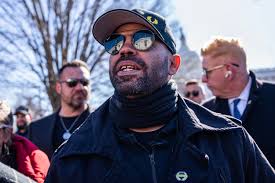
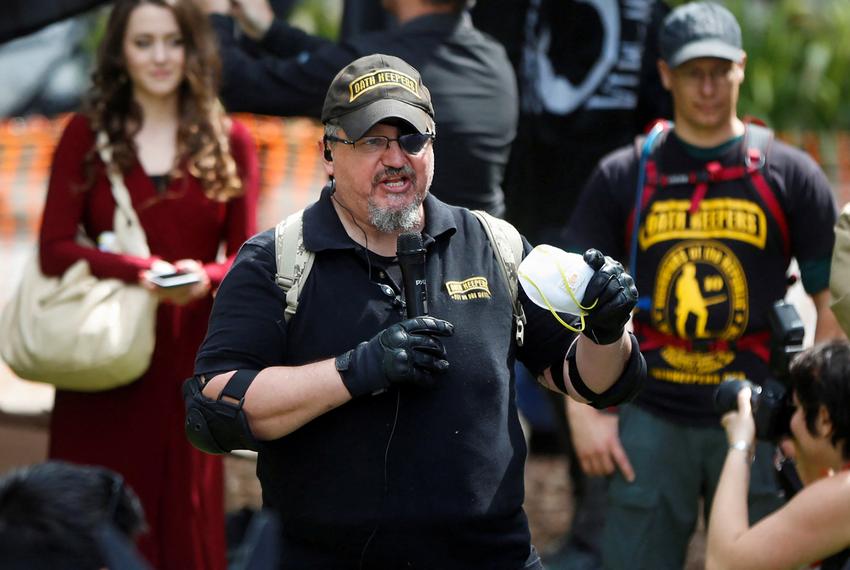
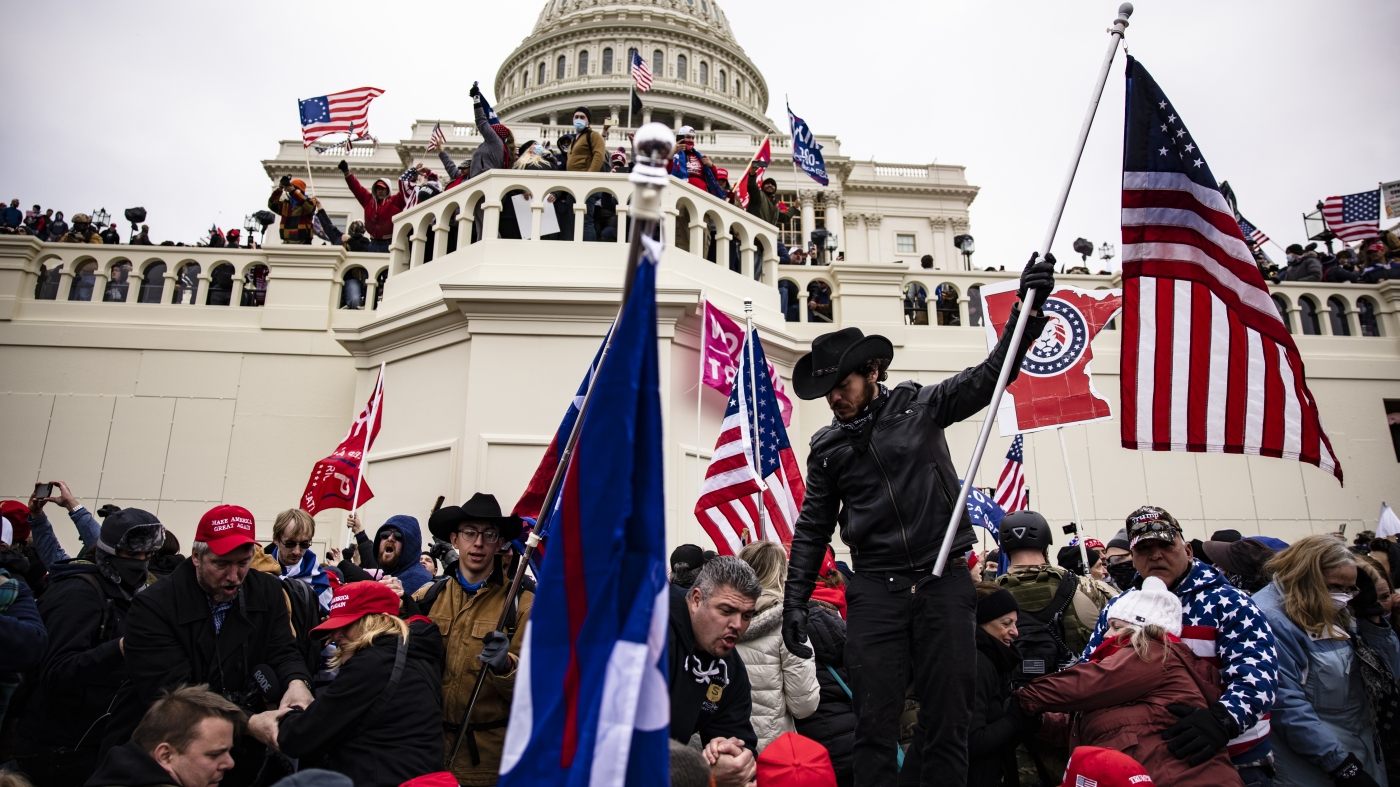


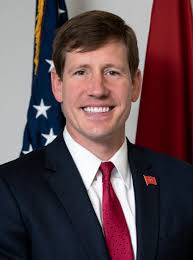


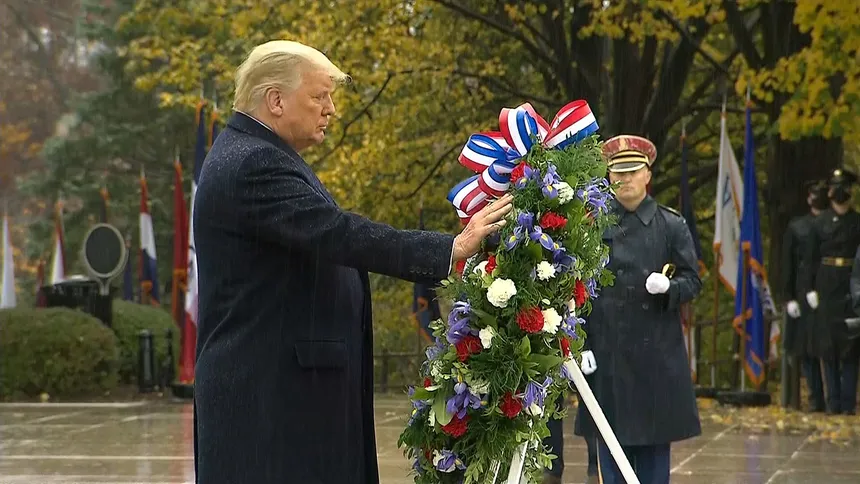

Discussion